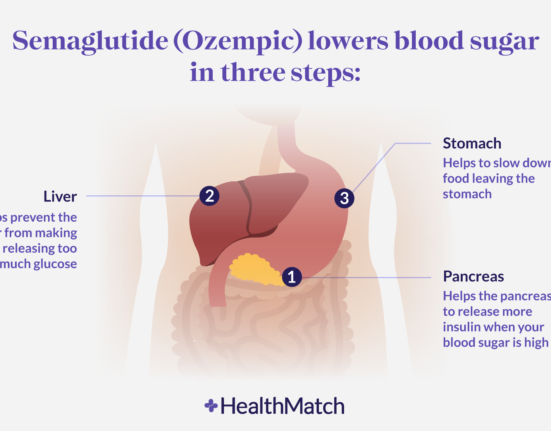The baby business is booming: The baby products market is set to grow to $4 billion in the next few years. It’s easy to understand why: In an increasingly interconnected age, people are increasingly turning to health technology to ease the difficult transition of welcoming a newborn home.
Health Technology often creates as many new problems as it solves, and smart baby devices are no exception. From monitors to breast pumps to bottle warmers to sterilizers, these devices can make life easier, but they also present new challenges. Here’s a rundown of new technology geared toward new and expecting parents, along with how they can help (and some future concerns).
Read More: Complicate Healthy Eating
Smart baby monitors reassure.
Smart baby monitors are changing the way parents take care of their babies. Gone are the days of small, grainy screens and harsh audio. Now, baby monitors like Nanit come with sophisticated apps that allow new and expecting parents to watch and record videos, get real-time notifications about movement or crying, talk to their baby or play music over the phone.
Read More: Learn Regarding Clenbuterol
Some smart devices go even further: Companies like Owlet and Pico have wearable health tech devices that allow parents to monitor a child’s sleep and breathing. They will also notify parents and caregivers if the child appears to have stopped breathing. Many saw these devices as more trouble than they were worth, especially with their notorious and frequent false alarms.
It is also important to note that these health technology monitors are not regulated as medical devices. The Owlet Smart Sock, for example, received a warning letter from the Food and Drug Administration classifying it as a medical device because it provides heart rate and blood oxygen information. The company disagreed but has since pulled them from the market and will soon introduce a new sleep-monitoring solution.
These monitors also come with privacy issues, a seemingly ongoing and eternal struggle in this new era of being constantly connected. One such example was the popular iBaby smart monitor. The vulnerabilities allowed attackers to download video recordings and control the camera. It is not limited to a single brand or set of smart monitors. The entire spectrum of these devices has security flaws, which can deter parents from using them.
Baby Bottle technology
Whether parents are formula-feeding, breastfeeding, or a combination of the two, Health technology can help with that, too. Smart formula makers like Baby Brazza and Orabi make late-night bottle delivery as easy as any K-cup machine. Brands are now also offering smart bottle warmers that can be controlled via an app to make sure parents don’t overheat bottles (or forget to unplug due to sleep).
Parents don’t need to sterilize pacifiers and bottles between feedings, but the Centers for Disease Control and Prevention recommends doing it once a day, especially when a baby is less than 3 months old, is premature, or has a weakened immune system. The system also has health technology to help, whether you want to disinfect with UV light or hot water.
The question is, are these items really necessary? The baby industry continues to grow: Research suggests the market for smart bottle warmers and sterilizers will top $200 million by the end of the decade. It’s a good deal, of course, but is it necessary?
New and expecting parents are definitely vulnerable to marketing, especially when they are desperately searching for something to make their lives easier during those sleep-deprived newborn days. If these devices serve this purpose, they are worth it. But the question is whether being able to connect these devices to an app or perform a task with a one-touch button is any easier than performing the feat manually.
Advances in Nursing
Breastfeeding parents also have new health technology options. A big complaint about pumping is that it’s excruciatingly painful and the equipment is overwhelming. Enter the new wave of smart breast pump technology. Pumps like the Willow and Elvi offer convenient, hands-free solutions that work with a simple nursing bra, allowing busy parents to pump on the go. Both have app








230 Comments